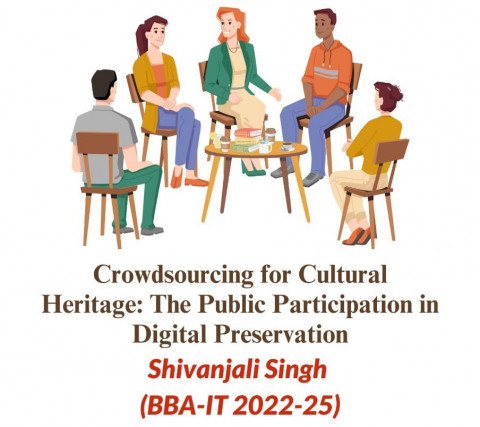
In the era of great technological advances, it has become challenging and changing to protect cultural heritage. Numerous digital technologies have opened new possibilities for preserving cultural heritage. A good example is crowdsourcing which can change how we relate with the public while safeguarding our heritages.
Crowdsourcing, a term coined in the early 2000s, refers to the combination of efforts and knowledge from various people towards problem solving or task completion. This approach is highly intriguing because it is novel, advanced, elementary, and popular.
It breaks down not only preservation but also helps build better relationships between individuals and their heritage. However, interpreting and analysing such data mammoths sometimes amounts to expensive obligations. Crowdsourcing provides an opportunity to use the combined knowledge and enthusiasm of the public.
The process of crowdsourcing cultural heritage simply means that people volunteer to help in activities such as scanning old documents or manuscripts, typing up historical records, adding labels to pictures and even re-fixing faded photographs. The preservation power of crowdsourcing is increased using augmented reality (AR) as well as mixed reality technologies.
India has also joined the wagon of crowdsourcing for cultural heritage preservation; this can be seen with the changing technology in India whereby projects like Digital Hampi encourage public participations by way of contributing images and information about UNESCO World Heritage sites thereby revealing how crowdsourcing can capture and preserve India’s rich cultural history.
India can then employ its expansive IT infrastructure and youngish, tech-savvy gen Z population to generate more user-friendly platforms, provide motivations in favour of participation, and facilitate collaborations between government organizations, schools, and colleges as well corporations which may want to harness it.
Indeed, crowdsourcing cultural heritage illustrates how collective intelligence and public engagement in the digital age make available historical treasures for generations yet unborn. Through adoption by countries like India, people all over the world will continue to preserve and honour the different stories of human history that contribute to our global heritage.



